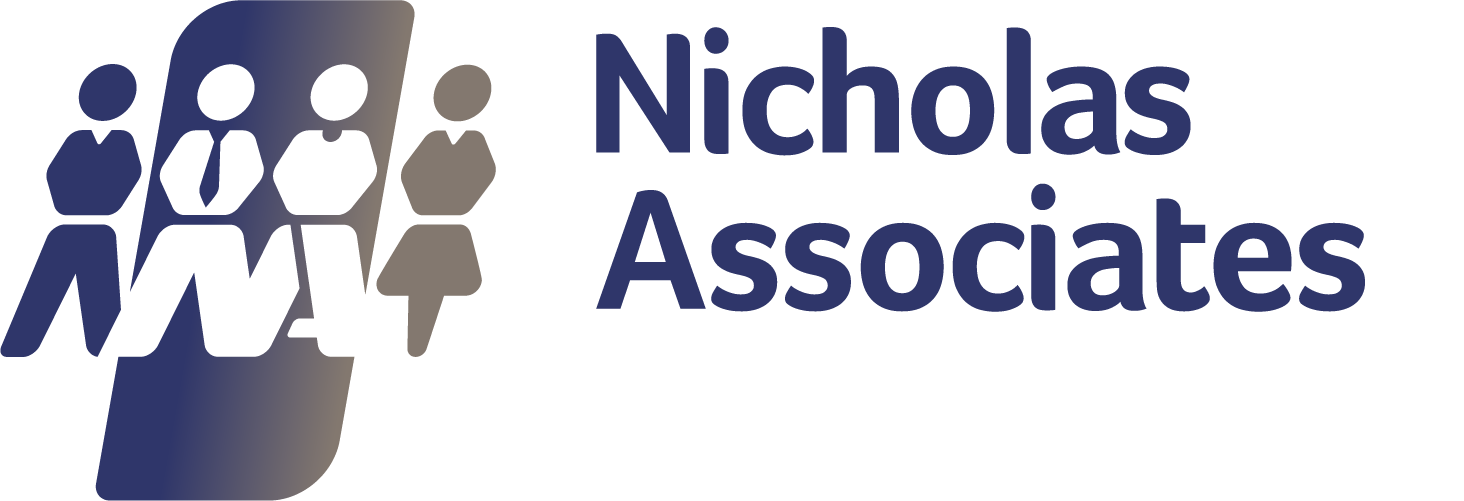How to make learning a part of your employees’ daily routines - Guest Article from Catherine Donaldson at Olano
How to make learning a part of your employees’ daily routines
The work environment and its culture are extremely important. It is what sets the tone for your company, what it stands for, how it runs, and what to expect as an employee or new recruit. If you have a good working environment, then it’ll motivate your employees and keep them engaged with your business.
Business retention is difficult for many to manage; however, a positive work culture can resolve this. One of the main elements to include as part of employees’ daily routines is learning.
Bringing learning into your working culture encourages your staff to develop their knowledge, expand on their career within the business, and improve within their job role.
It means their skills knowledge is up to date and in turn ensures their work maintains a high quality which benefits you as a business.
However, the biggest question is, how can you incorporate learning into an employee’s daily routine?
Encourage them to learn from others
Spending time with others within the workplace is a significant source of knowledge for a lot of employees. Whether this be engaging in conversation with a colleague during lunch or through classroom training, both would help in some way.
Perhaps setting up virtual one-to-ones between colleagues that haven’t met before or regular team briefings to share something new they’ve each learnt. Another option would be through classroom training, where you bring in either an instructor or trained expert to share their knowledge and train people.
Either of these would allow employees to learn from one another, learn new knowledge, and build a community.
Refresher Training
New policies and legislation can come into place quite often, knowledge can be lost, and training can change.
Refresher training at appropriate intervals can encourage long-term memory and naturally integrates learning into their work. Especially in places where training is a legal requirement there is a tendency to lose the learner’s interest.
Reminding them of this information in an engaging way will improve their interest and inspire them to be pro-active with policies and legislation.

Give feedback
It could be that a manager or someone in a senior position is tasked with overseeing employees and providing feedback based on what they have seen. By sharing their thoughts, the employee will know what they can improve on and what they may need to learn more about.
Feedback doesn’t also have to be improvements but, praise for work they have been doing. If an employee is noted on performing well within a certain area, they may choose to develop their knowledge further helping both them and you.
Also, feedback is a task that is efficient, taking up very little time for those providing it. That small input could make a big difference for that employee.
Create a document of learning materials
An interactive PDF or PowerPoint with a collection of learning materials for employees to work on at their own convenience can be extremely helpful. The largest benefit being that it is easily accessible, meaning they can learn whenever they want.
With these kinds of documents, it’s very simple to update so, whenever you have a new training topic you can add to it straight away. This means your employees can partake in it immediately. This flexibility allows the employee to decide when they wish to do it, taking away the compulsivity of training and increasing the engagement.
Help identify habits and hold backs
For long-term employees it is common for them to slip into some habits which needs some corrective action or become passive towards those who they feel have less experience who actually might have a more modern approach. Further learning can improve those weaker areas enlightening them towards processes which may have improved and ensure they no longer fall into their previous habits or out-dated approaches.
Helping employees identify their habits and hold backs can encourage them to work on those areas individually and ensures you know the ways you can support them.
You can go through them during one-to-ones and reviews to make sure they can go through them regularly with you. It’s not always simple to see your own habits and hold backs so, sometimes it takes someone else to help see them.

This article was written by Catherine Donaldson, Learning Content Writer for our partner brand, Olano. Along with Ashley Kate, they are part of the wider Nicholas Associates Group. To find out more about our the services Olano offer, visit their website.




